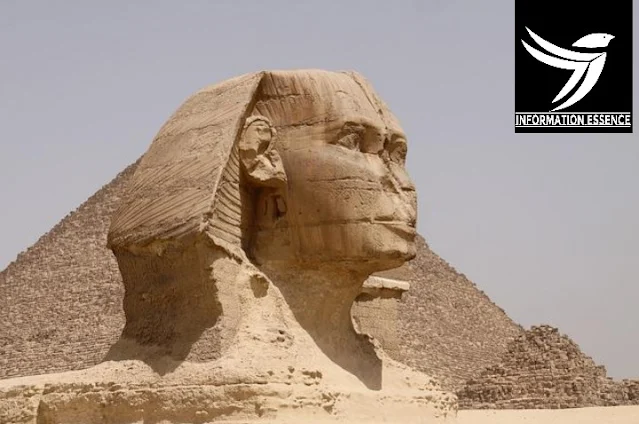Unlike the Greek sphinx, which turned into a girl, the Egyptian sphinx is commonly proven as a man (Ancient Greek). In addition, the Egyptian sphinx was regarded as benevolent but having a ferocious energy much like the malevolent Greek version. Both have been notion of as guardians and often flank the entrances to temples.
In European decorative artwork, the sphinx loved a main revival at some stage in the Renaissance. Later, the sphinx photograph, first of all very much like the original Ancient Egyptian concept, changed into exported into many other cultures, albeit they may be regularly interpreted pretty in a different way due to translations of descriptions of the originals, and via the evolution of the concept when it comes to other cultural traditions.
Sphinx depictions are typically related to architectural structures together with royal tombs or spiritual temples.
Etymology
The phrase sphinx comes from the Greek related by way of people etymology with the verb which means "to squeeze", "to tighten up". This name may be derived from the reality that lions kill their prey by means of strangulation, biting the throat of prey and keeping them down until they die.
However, the historian Susan Wise Bauer shows that the word "sphinx" became as an alternative a Greek corruption of the Egyptian call "shesepankh", which intended "residing photograph", and referred as a substitute to the statue of the sphinx, which modified into carved out of "dwelling rock" that turned into present at the construction web page, no longer harvested and taken from every other region), than to the beast itself.




Comments
Post a Comment